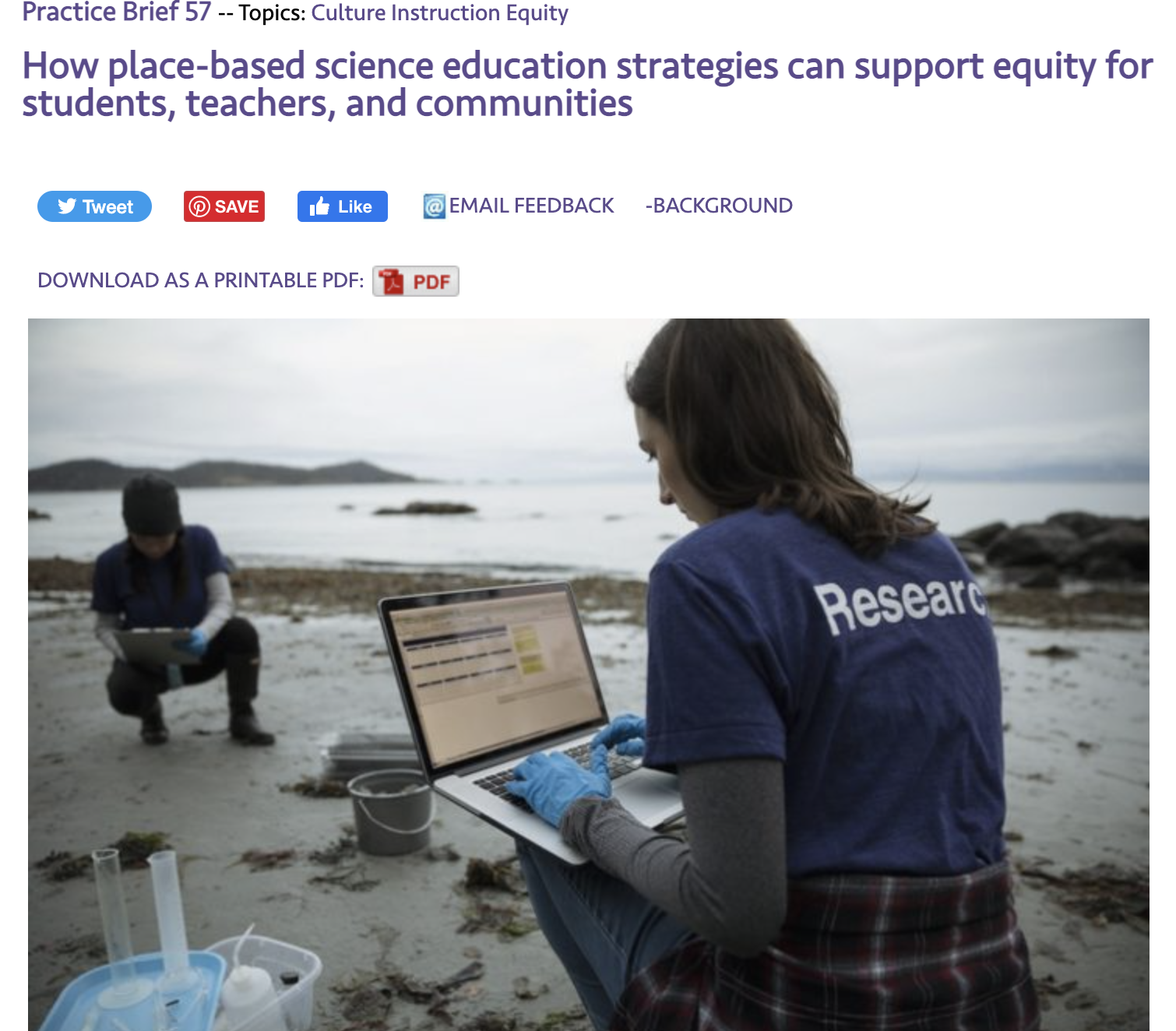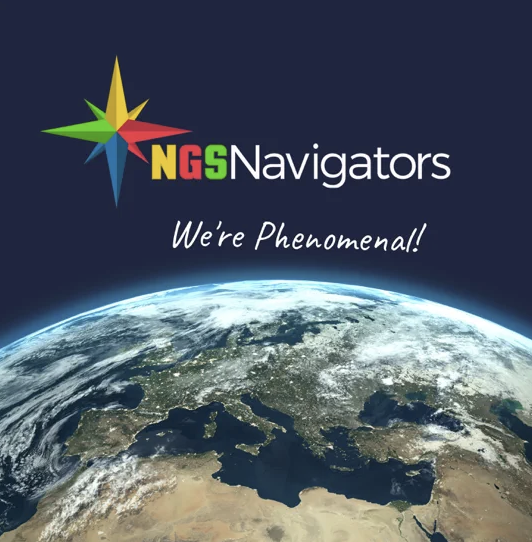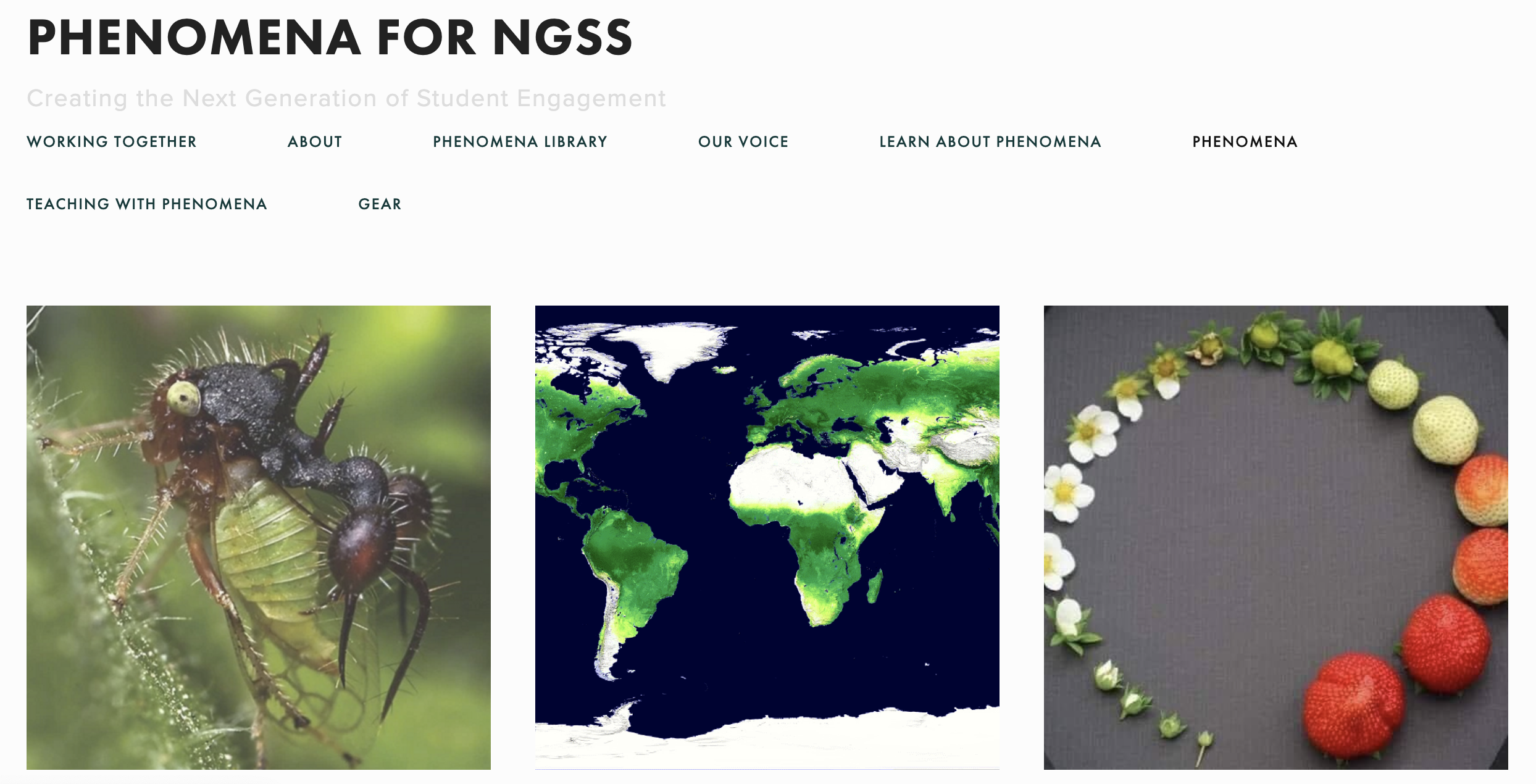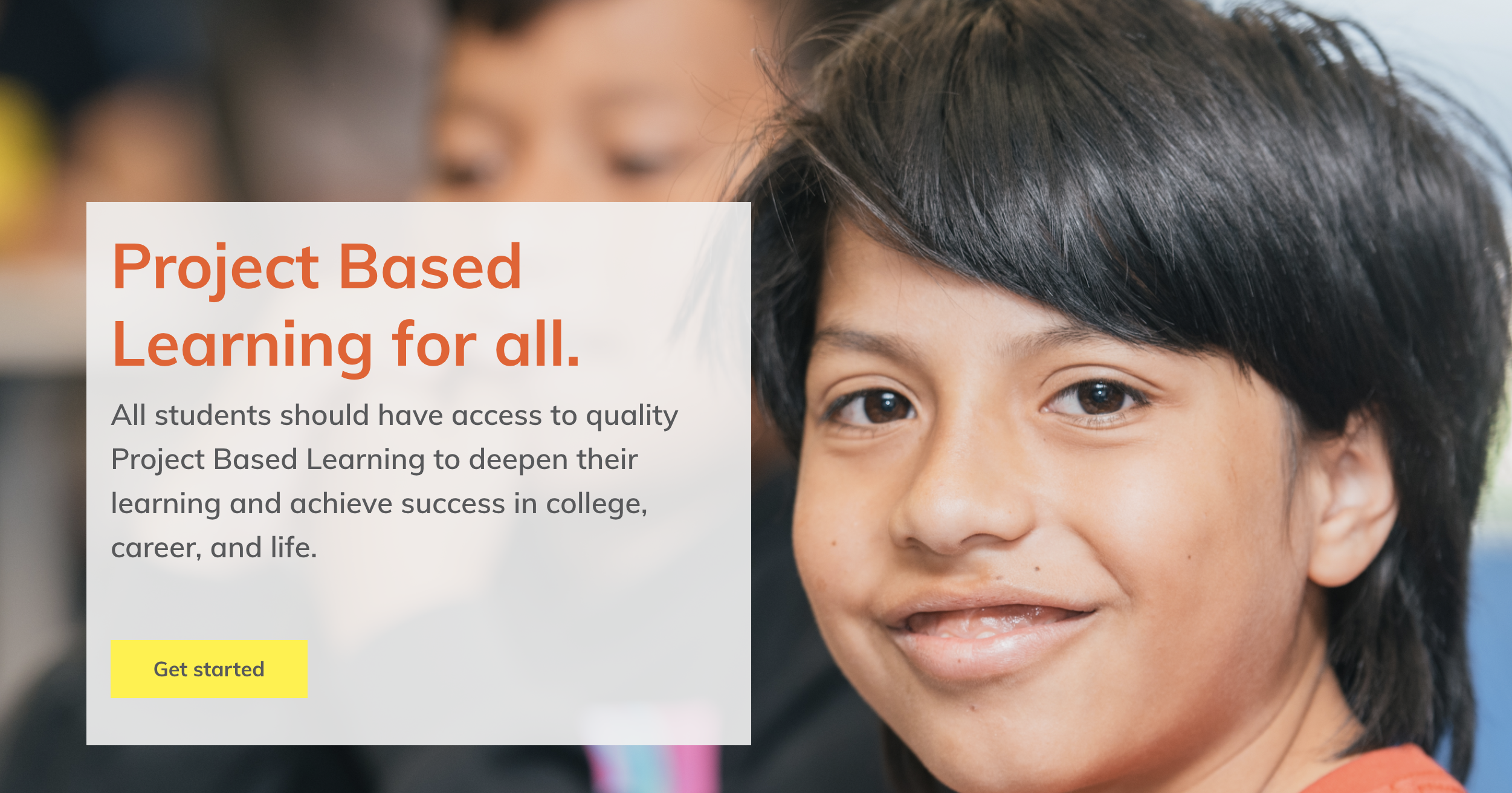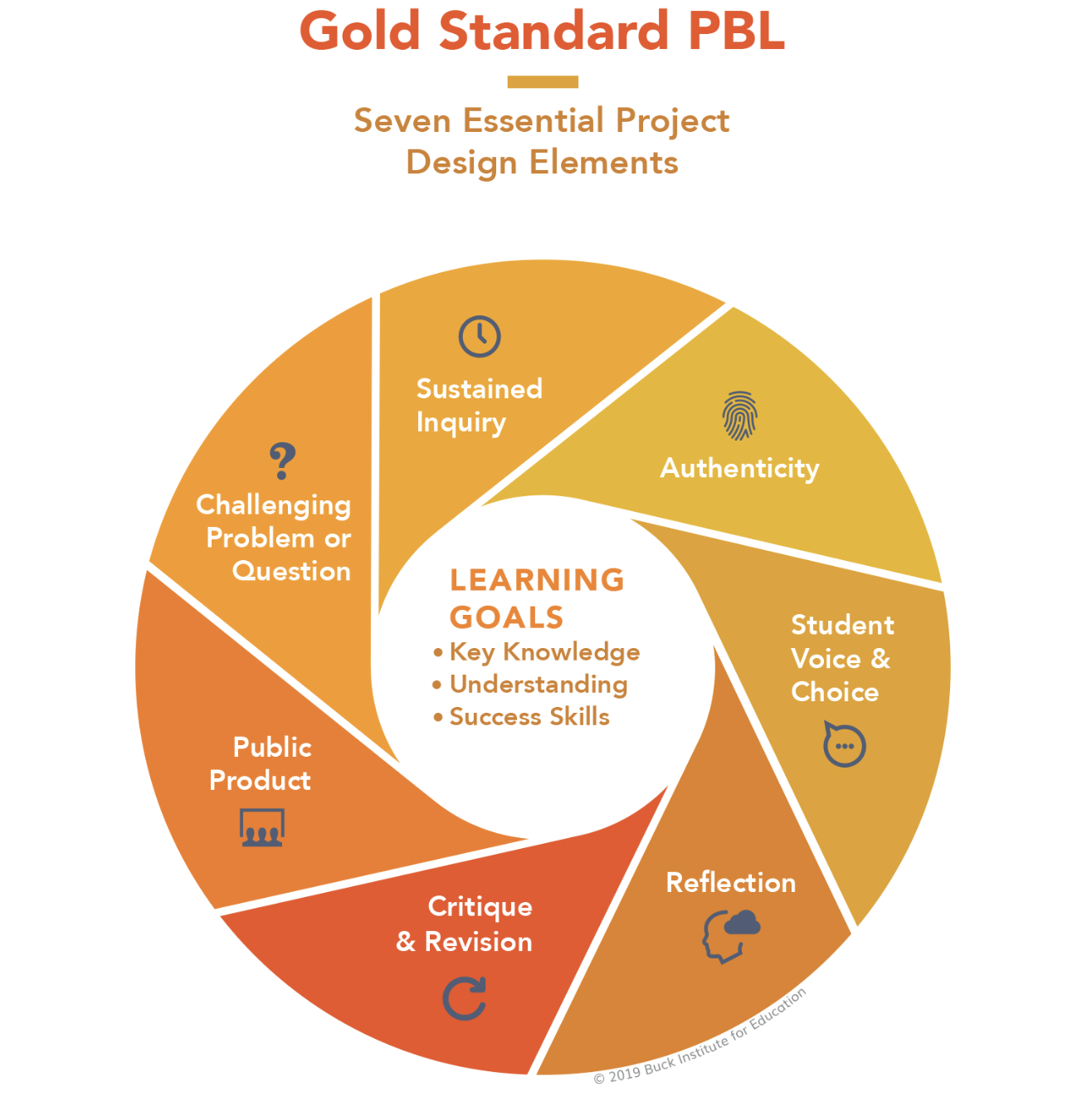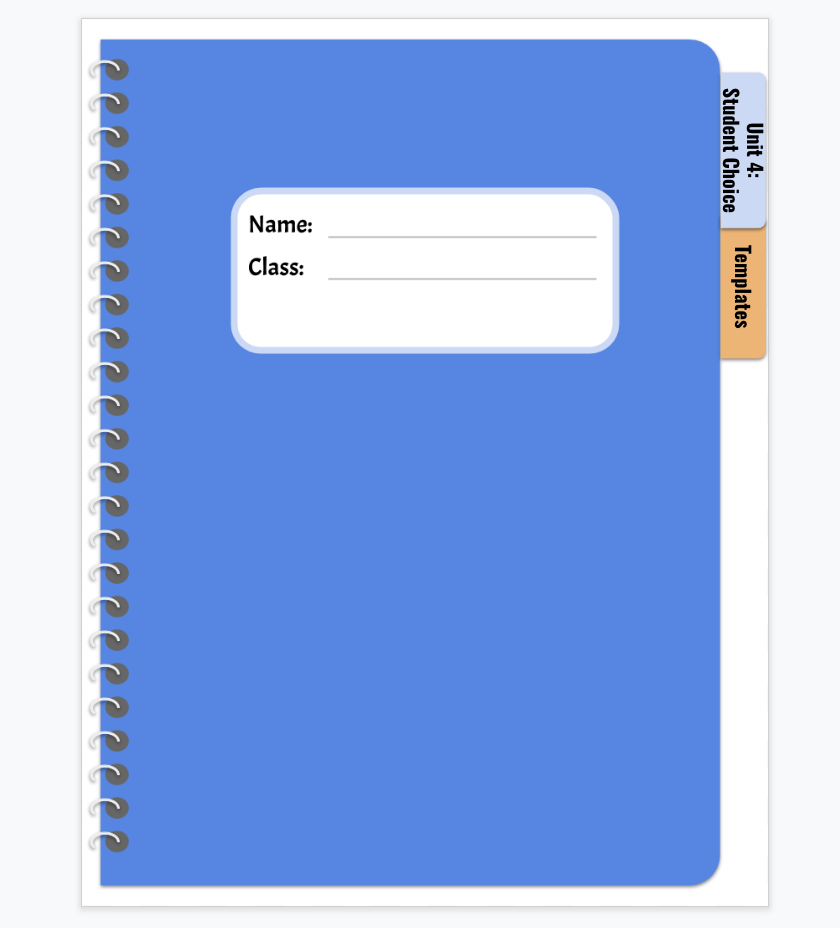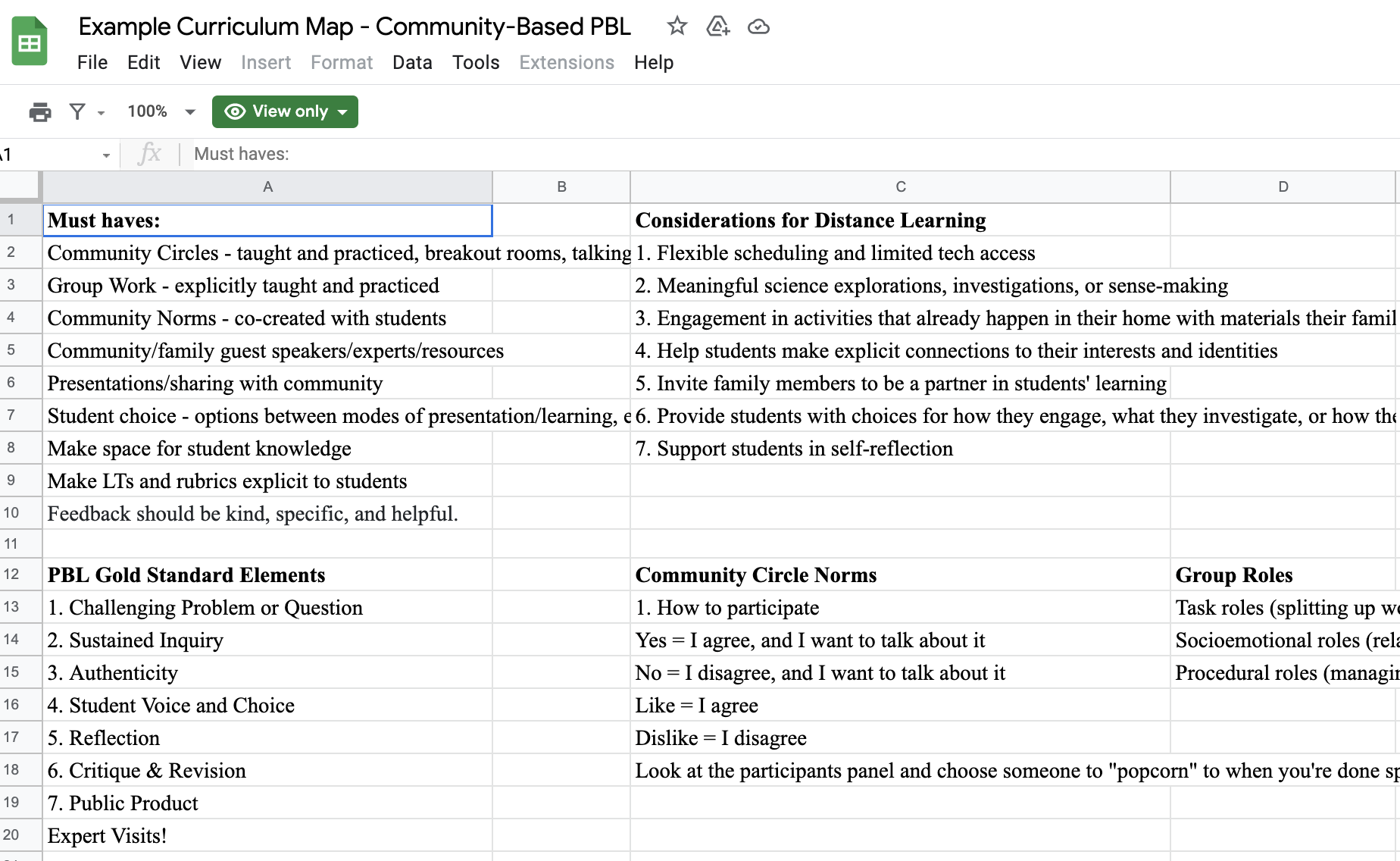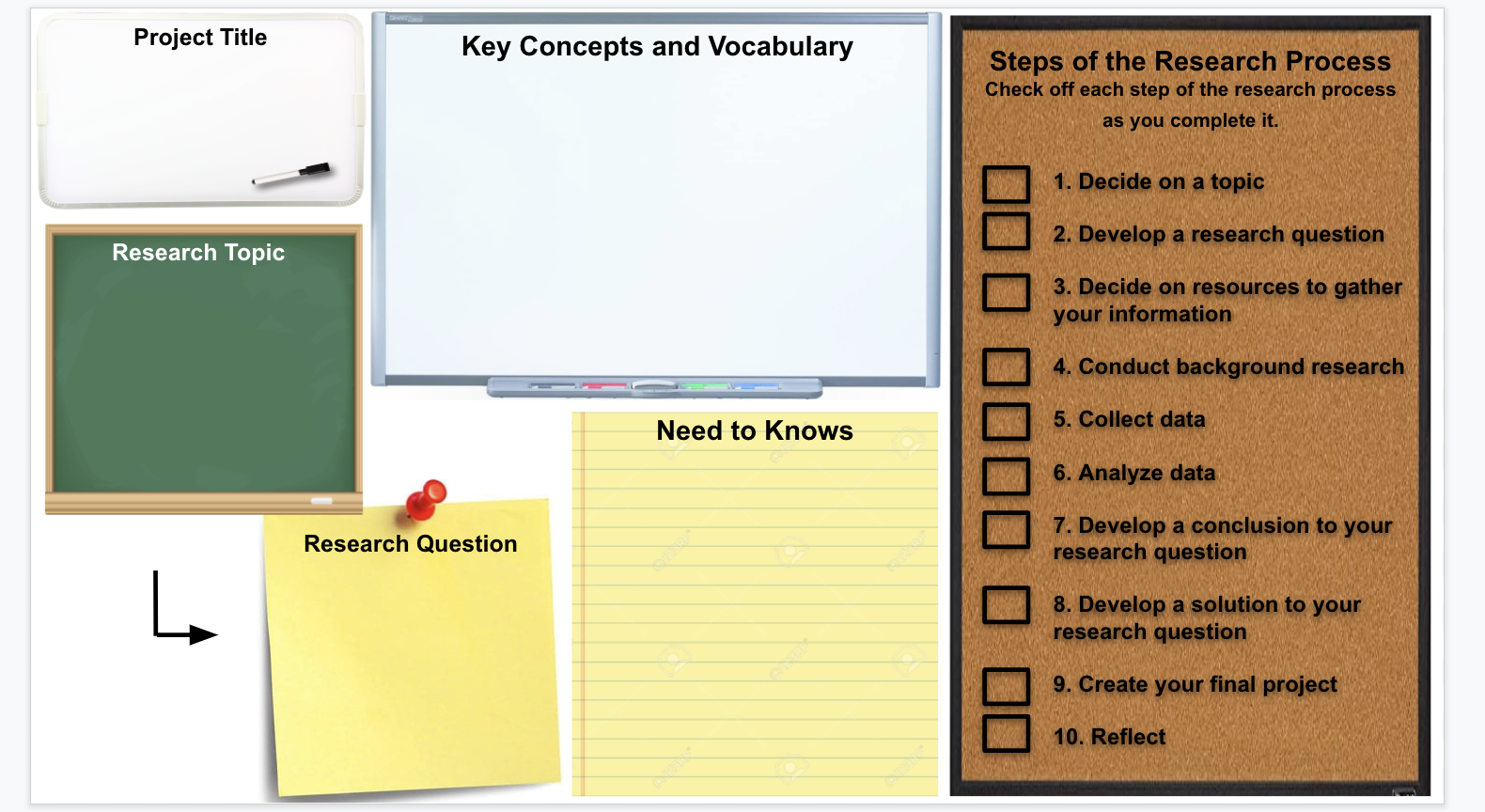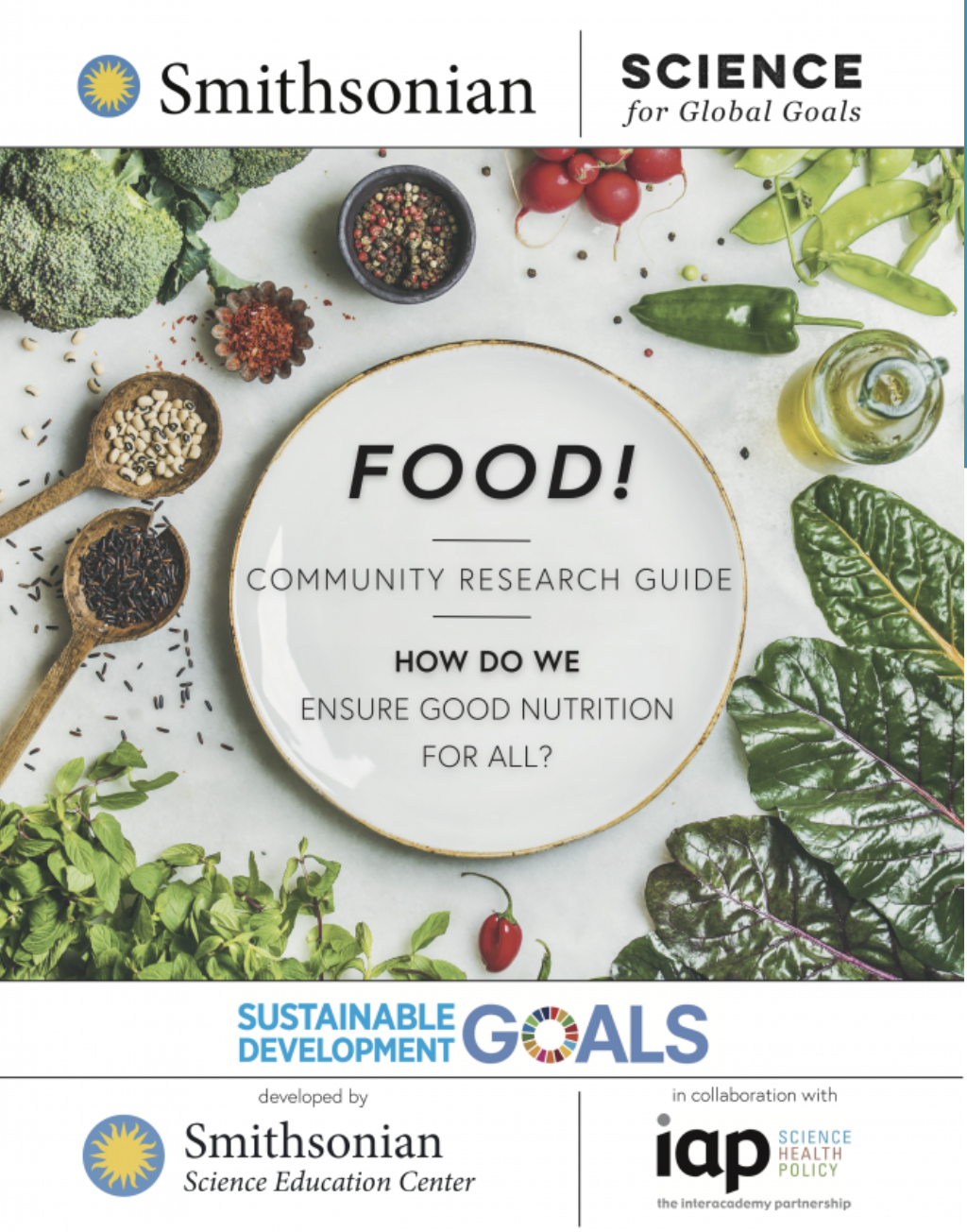Community Science Teaching at Mann UCLA Community School
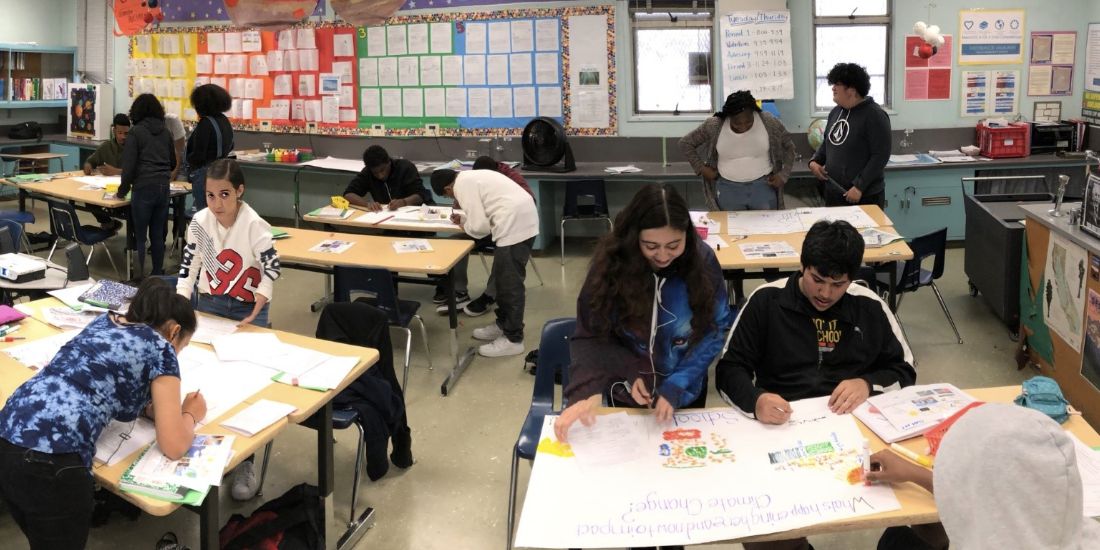
We present community science teaching as an instructional approach that uses the context of community to increase the meaningfulness of science, the engagement of students, and the possible ways and places that students can use what they are learning in science class to shape their future.“
Introduction
A community science teacher is an educator who links science concepts to students’ direct lived experiences in their neighborhood to address educational equity and justice. Community Science teachers support students in understanding and disrupting the unjust consequences of environmental inequalities. Knowing that students get excited about science when learning is connected to their lives and neighborhood, community science teachers create projects and activities that link the social, economic and political aspects of community life to ecological features such as green space, pollution, and climate. This brief invites you to learn more about how community teachers engage in this work, as documented by two secondary community science teachers at Mann UCLA Community School in South Los Angeles, and two UCLA graduate students. Together, they share how they co-developed community science curriculum with the aim of supporting students’ growth as critical thinkers and generators of knowledge.
In 2018, Darlene Tieu, a secondary science teacher at Mann UCLA Community School, and Heather Clark, a PhD candidate at UCLA, formed a research-practice partnership (RPP) focused on teaching climate change to 10th grade chemistry students. During the RPP, they spent time learning from students and the neighborhood, creating instructional materials, and iteratively implementing and revising classroom activities to respond to the assets and interests of students. This RPP led to the development of a three-part process that outlines the benefits for students when teachers work to reimagine their science teaching beyond a set of scientific concepts but to a set of meaningful issues that students will engage with during their lifetime–when they become a community science teacher. They share this process below along with examples of their collective work.
Shriya Venkatesh, also a secondary science teacher at Mann, and UCLA PhD candidate Symone Gyles joined forces in the same year to co-develop a community-based, responsive and adaptive curriculum that centers students’ learning on local issues of environmental justice. Their powerful RPP focuses on community-based science learning – science instruction that is anchored in locally and socially relevant phenomena. This kind of learning provides students with opportunities to contribute their knowledge in classroom contexts, and use those understandings to contextualize canonical science concepts. Their brief shines a light on how environmental justice learning can be implemented in science classrooms to expand the boundaries of science learning, rethink what counts as data, and reconsider who possesses knowledge. They provide a framework of course design that can be used to support the development of community-based science learning.
Together, Darlene, Heather, Shriya and Symone demonstrate how community science teachers use a range of instructional strategies to increase the meaningfulness of science, their engagement in their learning, and their applications of science to shape their communities and their futures.
Becoming a Community Science Teacher
Darlene Tieu and Heather Clark
Community schools offer unique and powerful opportunities to teach using the neighborhood – both the built, social aspects and the natural, ecological features – as educational assets. For us, Darlene and Heather, working at a community school inspired us to transition from being science teachers to community science teachers. A community science teacher is an educator who links science concepts to students’ direct lived experiences in their neighborhood to address educational equity and justice. We present community science teaching as an instructional approach that uses the context of community to increase the meaningfulness of science, the engagement of students, and the possible ways and places that students can use what they are learning in science class to shape their future. We came to this understanding in our multi-year RPP in which Darlene and Heather co-planned lessons, with Darlene as the teacher and Heather as a researcher. Our vision and implementation of community science teaching is aligned with place-based approaches to science education. We expand place-based pedagogy to deepen learning opportunities for minoritized students by capitalizing on the commitments of community schools, such as expanded and enriched learning opportunities, collaborative practices, and community engagement. In this brief, we share the journey of Darlene becoming a community science teacher as part of developing her justice-centered science pedagogy serving Black and Brown students. Our hope in sharing this RPP is to empower the reader with actionable steps to fully embrace the potential of becoming a community science teacher for their students.
A community science teacher is an educator that links science concepts to students’ lived experiences in their neighborhood to support educational equity and justice.“
Darlene’s journey to becoming a community science teacher began with the intention to teach climate change in a 10th grade chemistry class. We wanted to teach climate change as a scientific and sociopolitical phenomenon that is relevant to students’ everyday experience, and to empower those students with critical awareness of the injustices in the climate crisis. Darlene was motivated to reimagine climate change not just as a set of scientific concepts, but as the most pressing civic challenge that students will engage with during their lifetime and an issue of social justice that disproportionately burdens low-income communities of color. In partnership with Heather, they were inspired to use community science as a pedagogical strategy to help students learn scientific concepts, discourse and practices as well as the concepts, discourses and practices needed to understand youth climate activism, climate policy, and climate justice movements.
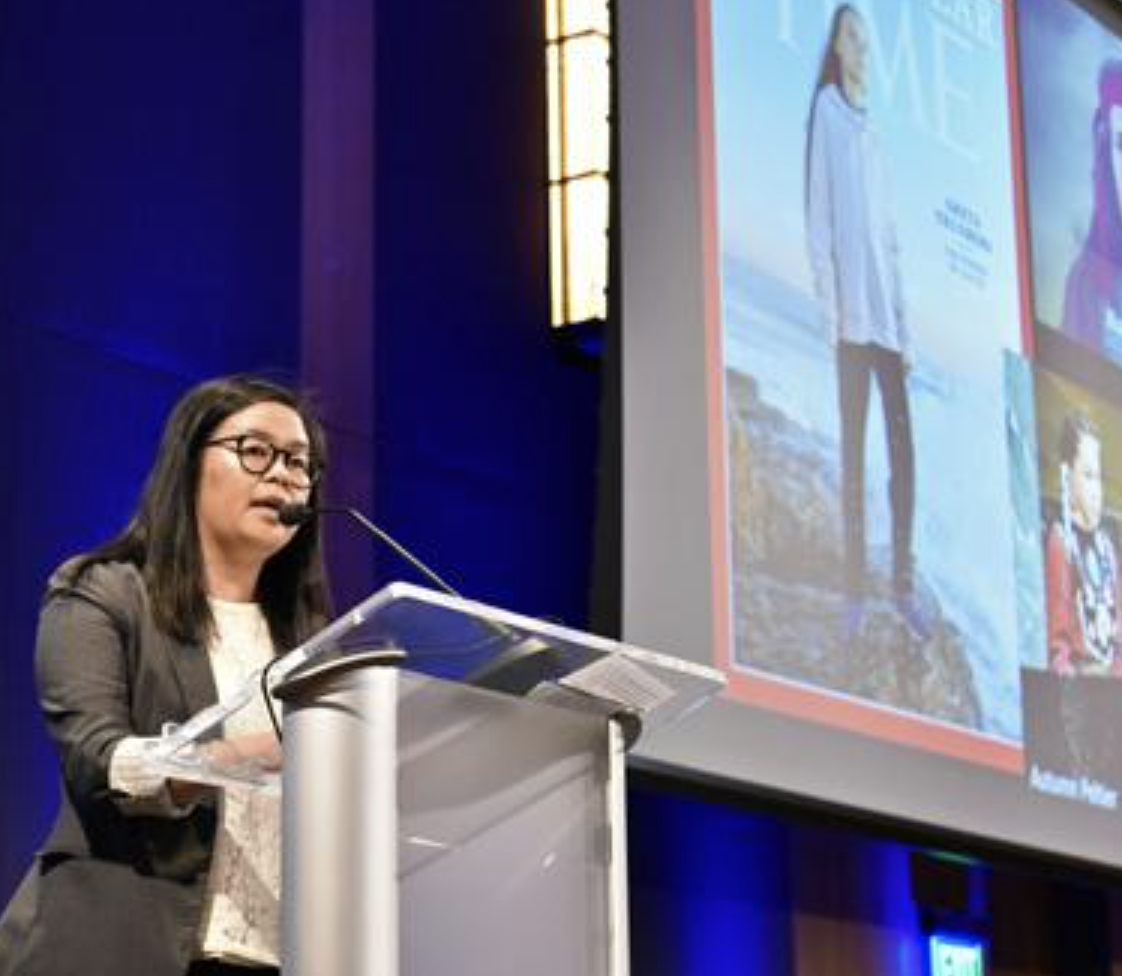
In our RPP, we developed a three-part process that guided our collaboration time together. That time included lesson planning, listening to students, learning about the neighborhood, and iteratively implementing and revising classroom activities. Below we outline these three parts and highlight key examples of complementary activities. Examples are drawn from Darlene’s lesson plans and students’ classroom work investigating the interconnected phenomena of inequitable access to urban greenspace in students’ community and the human-altered carbon cycle.
Part 1: Supporting Students to Unveil Community Issues that Matter by Cultivating Classroom Culture
It was important for us in creating a community science classroom to maintain an intellectually and emotionally safe and inclusive classroom culture. In this setting, students’ wonderings and observations about scientific phenomena and their community were regularly elicited, and their ideas and perspectives were honored and elevated. In this classroom culture, students asked questions and expressed their ideas without fear that their wonderings did not have space in the science classroom. They came to understand that their community-oriented experiences belonged in the science classroom and this opened the opportunity for Darlene as a community science teacher to learn what issues really matter to students. Darlene invited students’ everyday experiences, curiosities, concerns, cultural knowledge, and critical awareness of social issues into the classroom and positioned these ideas as authentic scientific sensemaking resources in this culture. She elicited these ideas with opportunities for students to think about their community as a historically and culturally rich geographic place where scientific questions can be found at every turn. This invited students to share ideas and questions about how scientific and social concepts may intersect in the issues they care about.
Example: We learned about a number of issues that are both sociopolitical and socioscientific that mattered to students. One was the lack of parks in students’ neighborhoods and the socio-ecological benefits that they were deprived of as a result. Students also knew that trees cooled them with shade, but had questions about the role of urban trees in mitigating the consequences of extreme heat caused by climate change.
Part 2: Create culturally relevant science by linking student experiences to existing curricula
Equipped with an understanding of what mattered to students, we connected these issues to a) concepts and practices in the Next Generation Science Standards (NGSS) and b) issues of local and social justice. These three aspects of a culturally relevant science lesson are shown as three columns in the table below/to the right. We made a list of all the issues students shared over time and identified overlap in what concepts Darlene had to teach. To create this middle column of the table, we looked to guidance about the NGSS in the state standards and databases of phenomenon (or here). We recommend others also look to justice-centered, culturally relevant resources to see how the standards open opportunities for localizing and personalizing phenomena like Teaching Climate Change for Grades 6-12. Moving back and forth between the list of student concerns and the list of concepts, phenomena, and practices that needed to be covered, we identified points of engagement. As further described below/to the right, students’ wonderings about parks open opportunities to teach about parks as carbon sinks which are linked to many concepts related to the chemical properties of carbon. Once we made connections between students’ lives and the standards, then we connected these wonderings and concepts with locally relevant phenomena. We did this by educating ourselves on the social, cultural, political, and historic dimensions of phenomena by researching the efforts of local non-profits working on the issues our units addressed. We also recommend asking parents and grandparents their perspectives on these issues. Instead of teaching the carbon cycle as a limited scientific phenomenon, we focused on inequalities in urban green space, and therefore inequalities in carbon reservoirs, to create a sociopolitical phenomenon. This step allowed us to create activities and storylines that are socio-politically and scientifically pertinent, and helped students fully explain climate change as a local and cultural phenomenon–what we came to call a community-oriented phenomenon.
Example: We built a table that linked a) student wonderings, b) concepts and practices from the standards, and c) issues of local and social relevance linked to social justice. We identified these questions by repeatedly asking: where do student interests connect to places or processes that transform and transfer carbon and why does this matter for students? We identified a group of nonprofit community organizations partnering with the Mayor’s office through Los Angeles’ Green New Deal. We used resources about their missions and projects to make the phenomenon of the carbon cycle locally and socially relevant.
Table 1: Linking Students’ Wonderings to Practice
| Students’ wonderings | Concepts and practices in the standards | Issues of local and social relevance |
| What are the benefits of parks? | Periodic properties of carbon; chemical reactions of carbon; conservation of matter | Air pollution; extreme heat waves; dependence on cooling centers |
| Do we have less parks because we aren’t a rich white neighborhood? | Modeling the carbon cycle; flow of energy in the spheres of the earth | Histories of redlining; residential displacement from freeways |
| What will change if we get more parks? | Computational representations of earth systems; geoscience data on climate forecasts | Urban blight; gentrification; safe community spaces |
Part 3: Teach your lessons and document how you can revise next year
By combining students’ wonderings with knowledge of the community and knowledge of the concepts and practices in the standards, we re-bundled NGSS concepts to design storylines and activities oriented to explaining and interrogating phenomena as they are experienced by students in their community. This RPP supported Darlene to design ambitious storylines and to develop her critical consciousness, the third tenet of culturally relevant pedagogy. An important strategy in making this lesson planning and teaching effective was a focus on documenting student engagement and iterating on lesson plans for future years. We started small, slowly and modestly and over the years were able to be more responsive to students. This forced Darlene to never recycle her lesson plans without revising to better support relevance and student engagement.
Once you’ve made connections between students’ lives and the standards, now you transform the generic phenomenon in the standards into a locally relevant phenomenon.“
Our highlighted examples of this three-part process exemplify the benefits that we observed for students when their teacher worked to become a community science teacher. Students were deeply engaged, they felt welcomed to share their personal curiosities and community-cultural funds of knowledge, they learned canonical science concepts, and they participated in the civic process of addressing the climate crisis. In this RPP, we were able to give meaning to the science content through multiple opportunities to incorporate students’ diverse community-based knowledge and skills as educational assets and to to support their critical awareness of climate change.
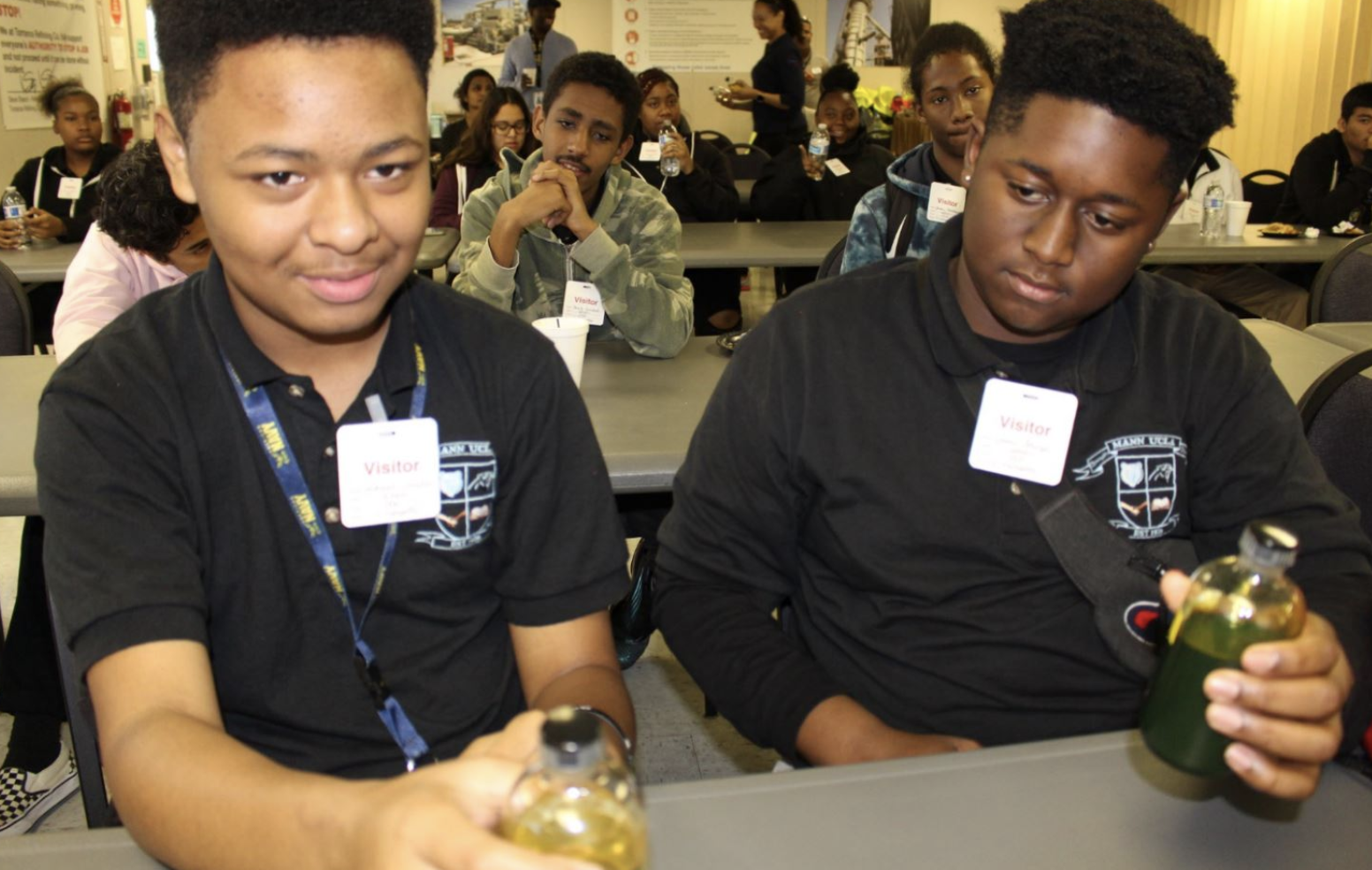
Engaging in Community-Based Science through Project-Based Learning
Symone Gyles and Shriya Venkatesh
Darlene and Heather’s work identifies steps that science teachers can take to develop a community-based orientation. In this section, we present one approach to developing and engaging in community-based science learning through a project-based learning (PBL) curricular approach. Participatory activities, such as those found in PBL, can serve as a distinguishing mechanism to engage Black and Brown students in science education as it connects their lives, experiences, knowledge, and opinions, in both social and scientific contexts, to classroom learning. Too often, science is taught in a romanticized view with a single conceptualization of “nature” and “environment” that is not reflective of the complex facets that make up urban spaces. PBL, as a pedagogical approach, can be structured to address this singular conceptualization by addressing science concepts through an investigation of real-world phenomena through the lens of students’ everyday experiences. PBL is defined by three distinct traits:
- Developing a complex, open-ended driving question that addresses science learning objectives while also addressing a need or challenge in the students’ local community.
- The creation of extended learning opportunities for students to investigate the driving question by participating in multiple activities and experiences.
- Student collaboration to develop a public artifact that demonstrates their learning over the course of the project, and address the community challenge.
The participatory and place-based nature of PBL serves as a tool to support teacher practice and student learning by positioning students’ everyday community and cultural environments as assets to learning and creating expanded and enriched learning environments.
Too often, science is taught in a romanticized view with a single conceptualization of “nature” and “environment” that is not reflective of the complex facets that make up urban spaces.”
To support teachers’ efforts to engage in community-based science learning, we present a detailed, step-by-step instructional process to develop a student-led, community-oriented PBL curriculum. We start with providing an overview of each step, followed by a description of how we put this step into practice in our own classroom. Throughout, we provide resources that we found useful in our planning, as well as ones that we developed over the course of curricular design to support our instructional efforts. Our hope is to provide educators with a framework of course design that can be used to support the development of a year-long PBL curriculum, or just a single PBL unit.
Developing a Community-Based Science Class through PBL
Part One: Lay out your PBL priorities
What this means:
Think about what you want community-based PBL to “look like” for your students. Are students discussing in groups? How might students share their public artifacts with the community? How might students express needs and challenges in their community? Are there connected standards they are required to master? What essential skills do you want students to develop? Note down your must-have practices and activities as a guide for the next stage of planning.
What we did:
If you are new to PBL, the Buck Institute’s PBLWorks site is a fantastic resource; use their Gold Standards as a foundation. Based on resources from PBLWorks, PDs we attended, and our own evolving goals for community-based science, we brainstormed a list of elements that we thought should be included in meaningful PBL. For us, this list included activities (e.g. community circles), Gold Standard elements (e.g. Student Voice and Choice), our CBS must-haves (e.g. expert speakers from the community), and considerations for distance learning (e.g. flexible deadlines), as this iteration of our curriculum was implemented online during the COVID-19 pandemic. While we did not implement every idea on this list, even with a year-long curriculum, this list did help us define concrete “whys” and “hows” from the start. For example, in Unit 3, our justice-focused unit, students investigated issues of environmental and social injustice in the community. In this unit, our PBL priorities focused on including family and community members as experts in learning and practice, providing students with choice to pick their topic of investigation, and providing structures and scaffolding for research such as our digital interactive notebook (DIN).
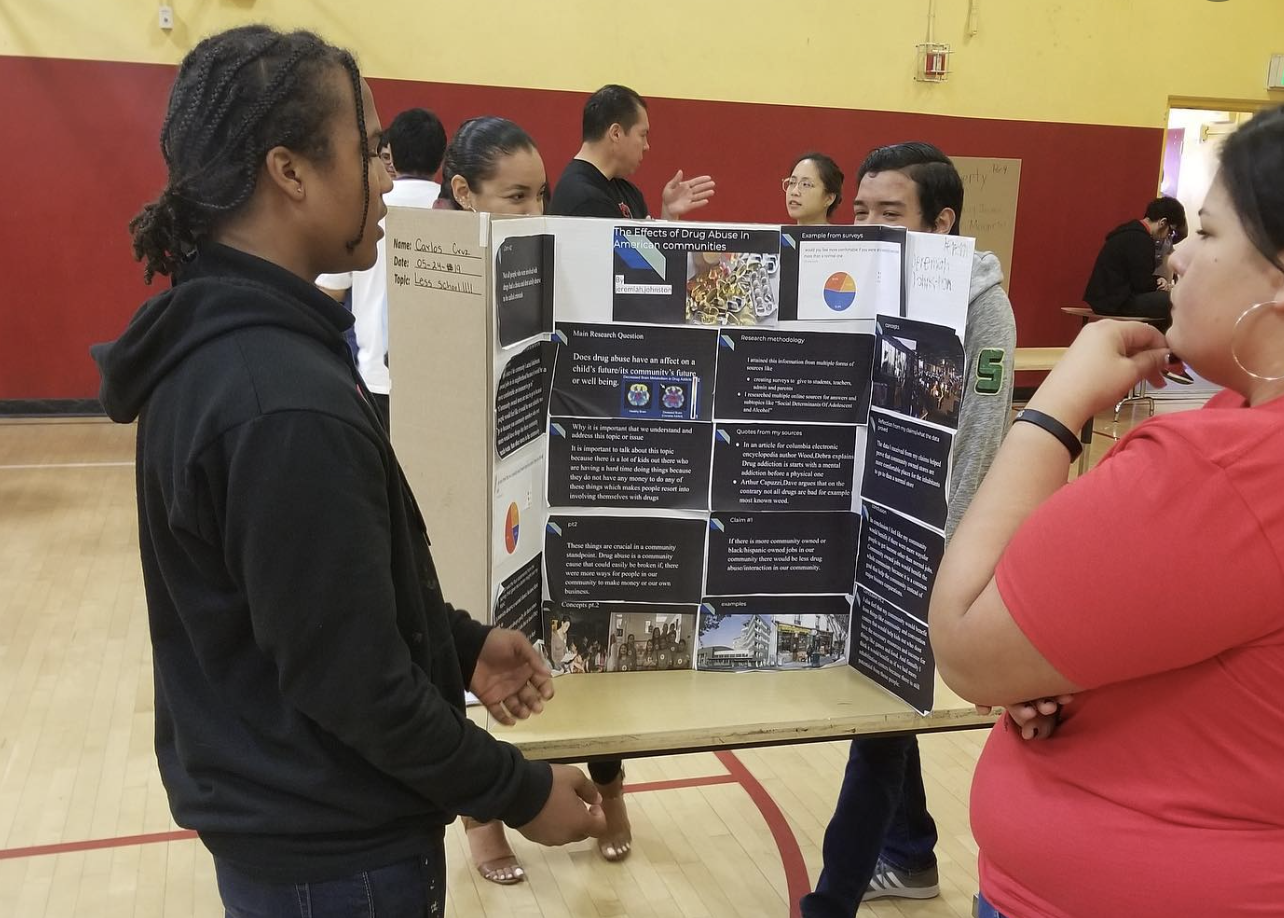
Part Two: Backwards plan for student skill-building
What this means:
Backwards planning is a classic curriculum-mapping practice. With PBL, however, you are not backwards-planning from an assessment to determine what concepts to teach. Instead, considering all the things students might want or need to do in a self-driven project, you are backwards planning skills. If you want students to eventually design and run their own project, what skills do you need to teach and scaffold to get them to that point of independence?
What we did:
We identified key skills that we predicted students would need to not only carry out a student-driven project, but also support them in developing their critical thinking for everyday decision making. These skills included working in groups, productive discussion, research from reliable sources, critique and revision, and communicating findings among others. We then mapped out how we could teach and help students develop and practice these skills through the progression of units or lessons. In our justice-focused unit, for example, skill-building focused on students’ development of their inquiry skills to support discovery of their world, research skills to investigate issues in their community, and presentation skills to articulate their findings to a larger audience. These skills were built upon skills learned in previous units. The first project-unit, engineering design, was focused on cycles of feedback and revision. The next unit, food and nutrition, included revision cycles, but added the element of analyzing community data. While every unit did not focus on every skill, by the time we reached the final unit-project, students had some familiarity with each one. Our example curriculum map shows how we scaffolded skill building through each project.
Part Three: Build your community knowledge
What this means:
Get to know your students and their communities by researching local news, talking to families and other community members, and asking students about their experiences. Work with students to identify topics they see as relevant to their lives and interests. From there, you can begin to build the initial skill-building units or lessons around those topics.
What we did:
Because our partnership was based on a mutual interest in environmental justice, we started by looking into environmental and social inequities in our school community. We used all of the sources we recommended above – news, families, students – and started to identify issues that impacted students and their families, and that students might find interesting or important (based on class discussions, student surveys, etc.) The key is to make the topic approachable, engaging, and relatable for students, and students themselves are your best source of information on what is relevant for them. For example, in Unit 3, we created a list of pre-selected environmental and social issues for students to research in their guided projects. These issues were selected based on current events in the community and student interests; they included environmental pollution, food deserts/food swamps, gentrification, green space equity, and health inequities. Based on these topics, we curated a resource folder to help students start their background research on their selected topic.

Part Four: Create a curriculum map
What this means:
Plan out the progression of your lessons or units to fit your priorities (Step 1), skill-building needs (Step 2), and community-based topics (Step 3). Start by defining a basic project-unit backbone or lesson sequence that works for you. You can see our ideal lesson sequence, including the three traits of PBL described above, under the “important components” section of our curriculum map. You can then use these components to build a curriculum map, outlining your projects.
What we did:
We set up a spreadsheet to map out the different elements in our sequence of units, keeping in mind the types of activities and thinking we wanted students to do (Step 1), the scaffolding of skills our students needed (Step 2), and topics or resources that would be relatable to our students (Step 3). The “curriculum map” tab on our example map provides an example of our layout. Because this curriculum map was built for a science elective course without required standards, we did not include specific NGSS standards in this map, but this is the step where we would identify and organize standards by unit for a core science course. Elements in the curriculum map include structure, timeline, topic, driving question, initial event, skills of focus, potential experts, presentation type, group roles, and student options. In our justice-focused Unit 3, for example, we allocated nine weeks for students to complete a locally-based project around problem solving within their community. In this project, students developed their own driving questions about their topic, found reliable sources for research, and identified an audience to write an advocacy letter to about their topic.
Part Five: Create or select specific materials and resources
What this means:
Once you have your basic lesson sequence determined and the must-haves of each unit outlined, you can start to create or seek out protocols, graphic organizers, sentence starters etc. to guide students through the major activities of each unit. You can start collecting level-appropriate articles for students to practice their research skills, or start reaching out to community experts and guest speakers to arrange for classroom visits.
What we did:
We implemented our year-long community-based PBL curriculum for the first time during distance learning, so most of our materials were designed to work with tools like Google Slides and our district’s online learning platform, Schoology. The core student material was a digital interactive notebook (DIN), for which we designed templates that could be used across different units as students practiced their research or questioning skills. In our Unit 3 justice project, for example, we curated a background research page to help students break down an article or video they were using to gather information on their research topic. The background research page can be found on page 7 (English) and page 8 (Spanish) in the DIN template. Students also monitored their project progress using their project board to give them more proactive ownership over their projects.
In addition to the DIN, we adapted a variety of materials made by others, including materials from the Food! Unit by the Smithsonian Science Education Center, and Teach Engineering from the University of Colorado, Boulder. Additionally designed materials including rubrics and project support structures can be found in our template folder. It should be noted that these materials were designed for an online setting; the return to in-person instruction during the 2021-22 academic year has necessitated another round of adaptations and material-building for the more dynamic and interactive setting. This work is currently in progress.
Part Six: Engage in iteration cycles
What this means:
Identify the places in your skill-building or previous units where students struggled to master a skill or where their engagement started to flag; these observations and reflections should drive your changes to pacing, topics, and instructional strategy for future iterations. Make changes in the short-term (across units) as well as in the long-term (across academic years) to make the projects and materials better fit your students, as well as the local community. As you complete lessons and units, you can edit graphic organizers, shorten or lengthen parts of the lesson sequence, or change topics as needed.
What we did:
We didn’t start our community-based science work with a fully-fledged, perfectly planned, year-long curriculum. Over the course of four years of collaboration, we expanded the scope of our planning from a single project to a year-long curricular sequence, and changed the focus of units from general standards-based curriculum to local issues and phenomena. During each school year we regularly reflected on student engagement and skill mastery, as well as our level of success with connecting lessons to students’ community; this allowed us to better tailor each iteration to our students’ interests, experiences, and learning needs. For example, based on feedback and student engagement with the community research data analysis templates found on pages 18-25 of the DIN last school year, we have curated a new set of templates to provide more structured support for students to collect their community data.
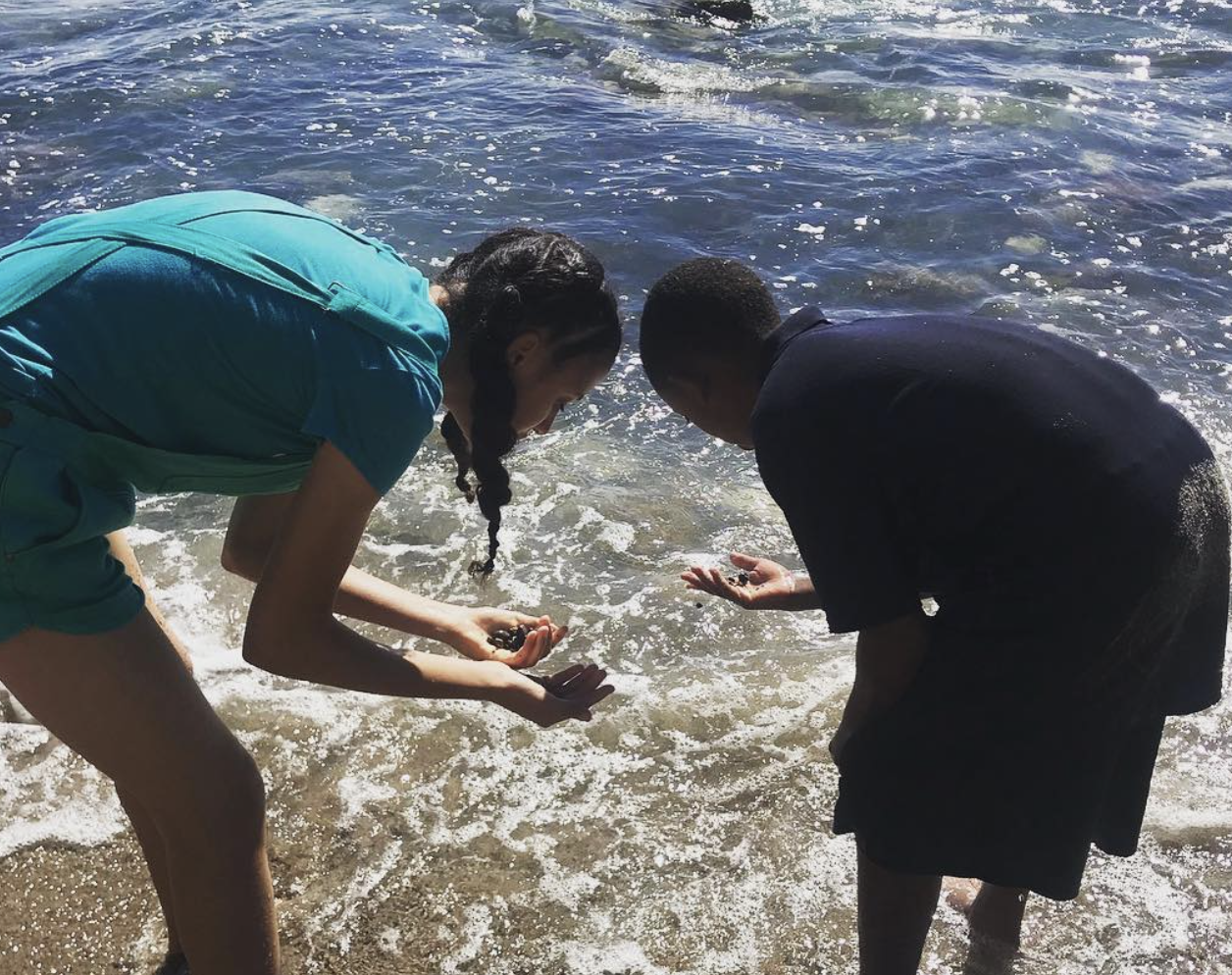
Conclusion
Project based learning is just one example and one strategy that can be used to support more engaged and grounded science learning opportunities. Efforts such as culturally responsive pedagogy, Linked Learning, and place-based learning strive to meet many of the same goals of connecting science with place. The range of strategies, resources, and ways community-based science can be practiced may feel overwhelming. While the steps above describe our processes, community-based, student-centered science does not have to be elaborately fleshed out to create meaningful and enriched learning opportunities. Darlene and Heather started by inviting students to share their everyday experiences, curiosities and concerns about social issues assuring them that their ideas belonged in the science classroom. This process formed Darlene’s orientation as a community science teacher. To develop community-based science curriculum, Symone and Shriya started by adapting one unit to be more relatable and supportive for student skill-building. Developing the skills and knowledge of a community science teacher emerged from these small beginnings. Whether you are trying to define your approach to community-based science, improve a single unit, or develop a rich, long-term curriculum, the most important aspects of community-based science teaching are the following:
- Help students to build on their own knowledge and lived experiences
- Let students’ interests drive your units
- Value student and community expertise
If you center students’ curiosity and experiences, students will be engaged in genuine inquiry and relevant problem-solving; the rest can be honed through iteration and reflection.
About the Authors
Heather Clark is a PhD candidate in the Urban Schooling division at UCLA’s School of Education and Information Studies. Her research at the Mann UCLA Community School centers on co-designing community-based science focused on climate change learning. Prior to attending UCLA, she taught high school chemistry and received her B.A. from Wellesley College and M.S. from Yale University. Heather’s work hopes to explore how teacher learning in research-practice partnerships can support youth in reimagining a climate future for Los Angeles that is more just and sustainable.
Symone Gyles is a PhD candidate in the Urban Schooling division in the UCLA School of Education and Information Studies. Prior to coming to UCLA, Symone earned her B.S. in Marine and Environmental Science at Hampton University, and went on to teach 7th grade science in Hampton, VA. Her research at Mann UCLA Community School is focused on the co-design of community-based science curriculum and pedagogies to determine features of curricular design and pedagogical practice that engage Black and Latinx students’ community and cultural funds of knowledge. Specifically, she seeks to “make community curricular” by the teaching and learning of canonical science through investigations of community phenomenon,
Darlene Tieu is a science teacher at Mann UCLA Community School. She is also a community schools advocate and climate change educator. As part of a research-practice partnership with a UCLA PhD student, Darlene develops community-based science curriculum that aims to encourage the educational shifts that need to take place across the state and globally to address climate change and to identify effective solutions. Darlene was a featured speaker at the Environmental and Climate Change Literacy Project and Summit—part of an ambitious statewide strategy involving the University of California and California State University to expand opportunities for California students to learn about climate change.
Shriya Venkatesh is a science and electives teacher at Mann UCLA Community School. Currently, she creates and teaches community-based science curriculum through her RPP with Symone, develops project-based Health courses for high school and integrated art/science courses for middle school, and supports teacher-powered schooling as a UTLA chapter chair.
12 MINUTE READ
This brief describes the work of community science teachers at Mann UCLA Community School. Community science teachers support students in understanding and disrupting the unjust consequences of environmental inequalities and create projects and activities that link the social, economic and political aspects of community life to ecological features. The brief invites the reader to learn more about the work of community teachers in supporting students’ growth as critical thinkers and generators of knowledge.
TABLE OF CONTENTS
REPORT LINKS
RESOURCES
Explore the many resources including podcasts, reports, books, state standards, databases, and more that shaped the journey of community science teachers at Mann UCLA Community School. The authors also share helpful resources that they developed in the course of their collaborative work to engage students in community-based science.
CITATION
Clark, H., Gyles, S., Tieu, D., Venkatesh, S. (2022). Community Science Teaching at Mann UCLA Community School. Community Schooling, Issue 2, Spring 2022. Los Angeles, CA: UCLA Center for Community Schooling
ACKNOWLEDGEMENTS
We thank our incredible students and their families for building a community of learners with us.
External Reviewers
This report benefited from the insights and expertise of external reviewers. We are grateful to Kelley Le, Program Director of UCI’s Science Project, and Anna Cross, science teacher at UCLA Community School. We appreciate their careful review, attentiveness, and dedication to science education.

